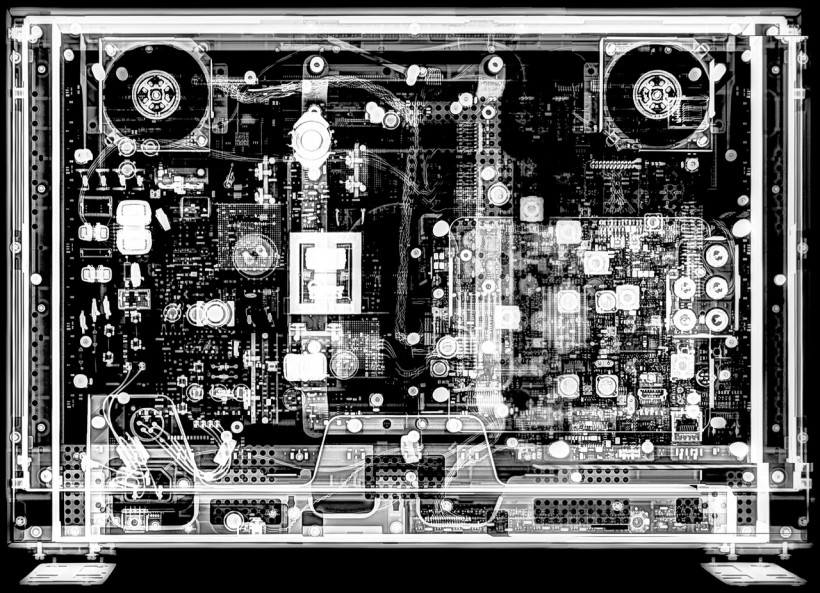An X-ray vision that lets people see through any object is a staple power for many superheroes. But soon this might no longer just be a fantasy for ordinary humans as a new computational imaging technique known as ghost imaging can be combined with the human vision to see an object that is not directly in one's line of sight.
The breakthrough is from the researchers at the University of Glasgow that have demonstrated how ghost imaging reads brainwaves looking at light scattered off a wall to identify the object behind it. It represents a step toward combining natural human intelligence with artificial intelligence (AI).

Ghost Imaging System Combined With Human Vision Allows Seeing Through Objects Behind Obstacles
What is Ghost Imaging?
The term ghost imaging is often associated with a software-driven data backup process that creates copies of the contents of a computer hard disk in a single compressed file called image. The new computational system uses ghost imaging differently.
According to News Medical Life Sciences, ghost imaging involves correlating a projected light pattern of an object and a reference pattern that does not interact with the light to form an image. Researchers previously used human vision passively to perform ghost imaging, but the new work uses it in an active role to see objects not directly in one's line of sight.
The participant in the experiment was asked to view the light patterns. Then the visual response of their brains was recorded and used as feedback for an algorithm that identifies how to reshape the projected light pattern to create an image.
Daniele Faccio, a professor of quantum technologies at the University of Glasgow, said that it is one of the first times a human visual system performs computational imaging in a neurofeedback loop that adjusts imaging in realtime.
This breakthrough is part of the emerging branch of technology called non-line-of-sight (NLoS) imaging that allows viewing objects obscured by some obstacles, such as a wall.
ALSO READ: High-Speed 3D Imaging Give Biopsies An Upgrade Similar to 'The Matrix' Movie
Using Human Vision Instead of Camera
Early NLoS imaging used a camera to form an image, but the new ghost imaging system swapped it with human eyes. The imaging involves beaming a laser light to a surface, hitting around a corner and back to the human eyes as a sensor, then using an algorithm to decode the scattered light to identify the object.
An article in New Atlas explains that the experiment was set up in which there is a hidden object made up of light patterns from a projector cast onto cardboard. Then around the corner is a human participant that can only see the diffused light on the white wall, which is not clear using only human vision.
The human participant wore an EEG helmet, reading signals from their visual cortex. These signals are then run by an AI algorithm that decodes the scattered light to form the image of the object.
Researchers noted that each object is a 16 x 16-pixel image with light patterns flickering at 6 Hz for two seconds. In a span of one minute, the system accurately reconstructs each object.
They plan to investigate imaging techniques in 3D next and combine data from multiple viewers simultaneously. The team will present their study at the Optica Imaging and Applied Optics Congress next month.
RELATED ARTICLE: Infrared Imaging Could Be an Everyday Reality Using Ultrathin Nanocrystal Layers
Check out more news and information on Tech & Innovation in Science Times.










!['Cosmic Glitch' in Einstein's Theory of General Relativity Could Be Explained in This New Scientific Tweak [Study]](https://1721181113.rsc.cdn77.org/data/thumbs/full/53435/258/146/50/40/cosmic-glitch-in-einsteins-theory-of-general-relativity-could-be-explained-in-this-new-scientific-tweak-study.jpeg)



